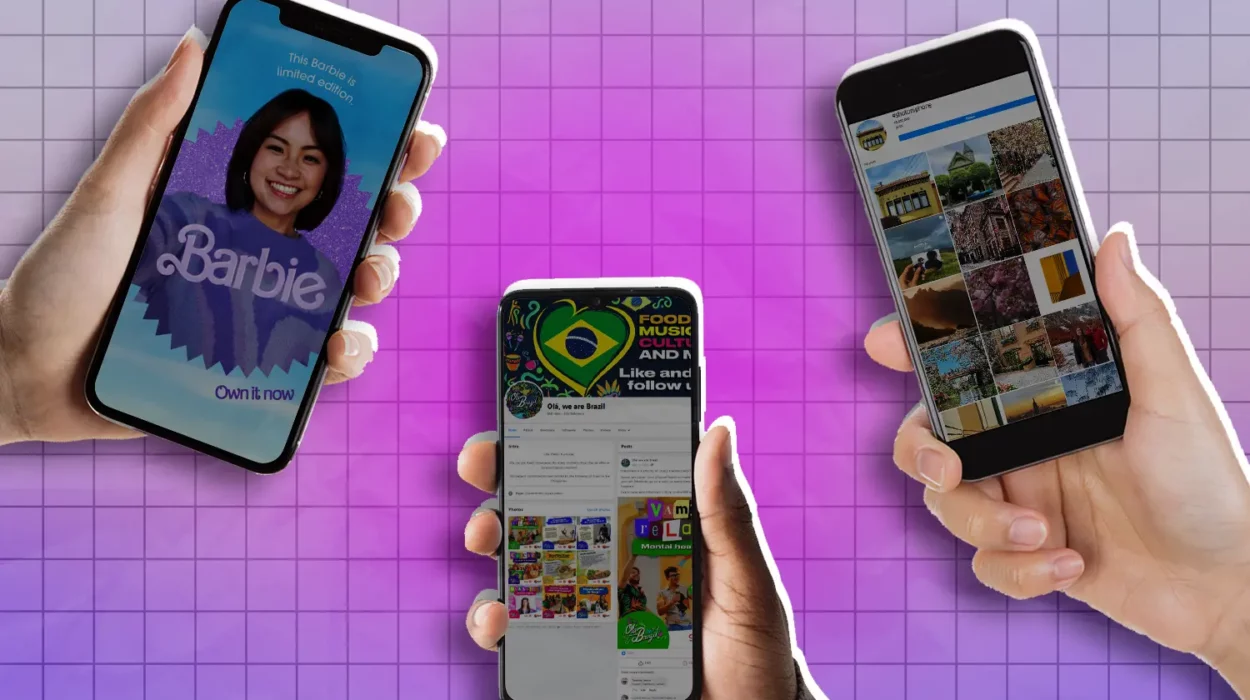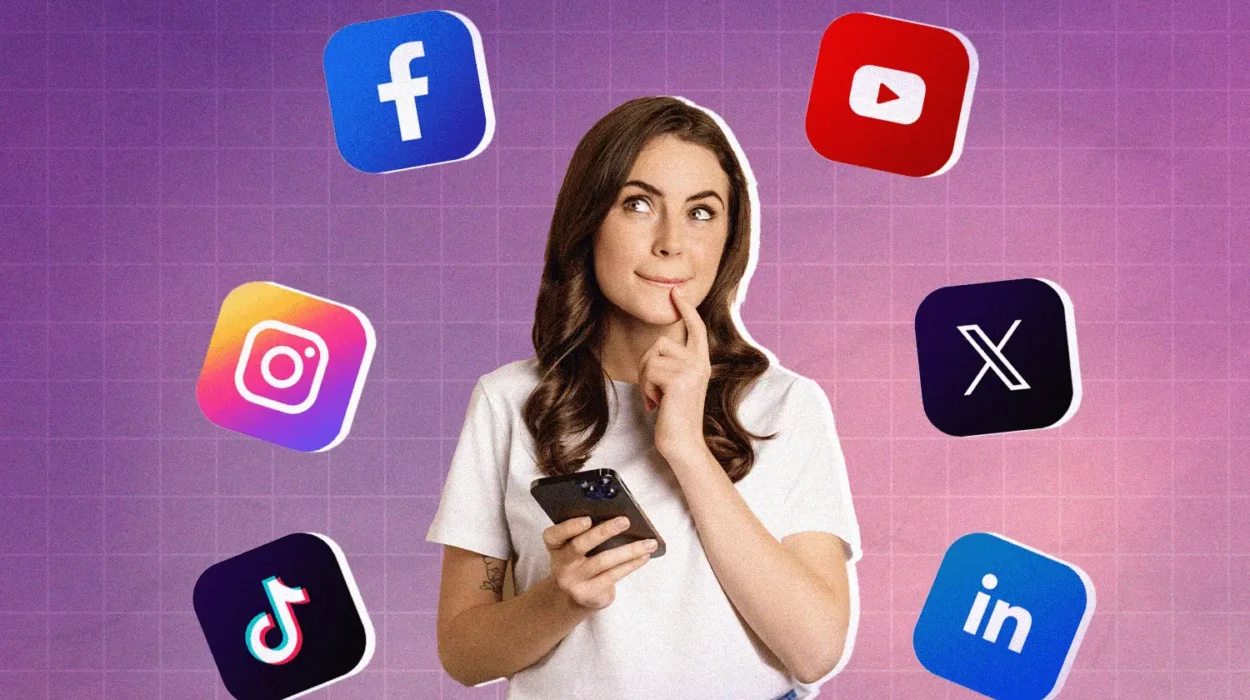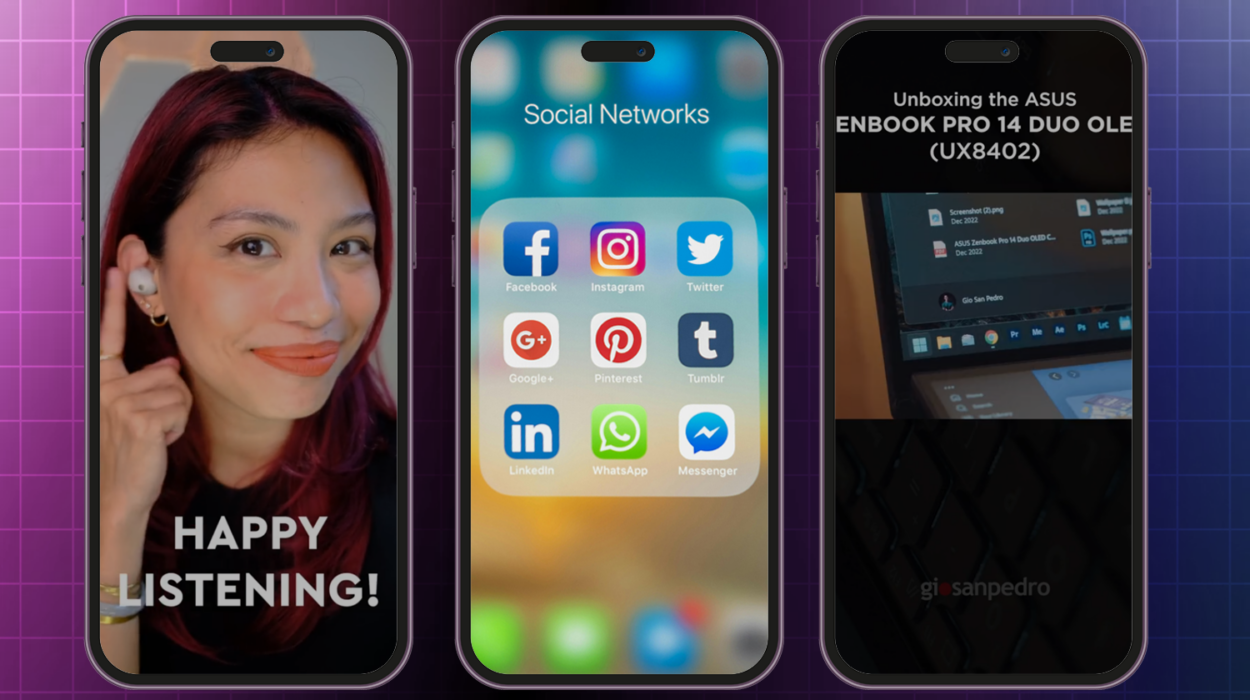With the world of digital marketing growing bigger and harder to keep track of each day, this piece looks into the types of content that are absolutely essential to any digital marketing campaign.
You should know how it is by now. Every article you’ll find out there talks about the “ever-evolving digital landscape,” or the “fast-paced world of the technological age.” It goes without saying that we’re all glued to our screens from the second we wake up to the moment we head to sleep.
So, if you aren’t tapping into digital marketing yet: you’re severely behind. “Digital marketing” as a concept is a beast–one with many moving parts that are all hard to pin down entirely.
However, “hard to pin down” doesn’t mean impossible. Other businesses’ success with their own digital marketing campaigns can easily be traced back to their mastery of these moving parts.
It becomes less about the campaign itself, and more about how they promoted it, and the success that came after. A balanced ecosystem of digital trends.
If you’re just starting out, don’t worry. Here’s a list of a few things you can look into to add to your marketing arsenal.
Types of Digital Marketing Content
1. Blogs and Articles
Blogs and articles remain foundational pillars for marketers. At their essence, blogs are regularly updated web pages discussing diverse topics, acting as a bridge between brands and their audience.
Basically, exactly what you’d expect–regularly published written articles that talk about whatever hot topics are trending in the industry at the moment. They can range from several-thousand-word pieces expanding on a whole cornucopia of topics, or be as simple as a listicle.
Every kind of blog has a place–no type is greater than the other. For businesses, each one serves as a platform to communicate directly with their audience, offering insights, updates, and value.
Benefits of Incorporating Blogs:
Authority Building: Regular insightful posts bolster a brand’s stature as an industry leader.
Engagement: Through comments and shares, blogs foster a deeper connection with readers.
SEO Boost: Consistent blogging with apt keywords improves a site’s search engine visibility, driving organic traffic.
Trust Formation: By offering valuable content without a direct sales pitch, brands nurture trust among their audience.
In a nutshell, blogs are more than mere text; they’re strategic assets that enhance brand awareness, drive website traffic, and foster customer trust.
2. Social Media Content
As digital town squares, social media platforms are indispensable for modern brands. Basically, everyone who spends any amount of time online spends almost all of it on social media, so this type of content is the most likely to be seen.
In this way, social media can offer a dynamic canvas for diverse content, directly connecting businesses with their target audience.
Key Aspects of Social Media Marketing:
Versatility: From eye-catching image posts to short video snippets and stories, social media supports various content formats to keep audiences engaged.
Real-time Engagement: Live streams and instant polls provide brands with real-time feedback, fostering immediate interaction with followers.
Brand Personality Showcase: Memes, GIFs, and behind-the-scenes content humanize brands, showcasing their culture and values in relatable ways.
Increased Reach: Shareable content can go viral, expanding brand reach exponentially within a short period.
To encapsulate, social media isn’t just about posting; it’s about creating a two-way conversation, reflecting brand personality, and amplifying reach in creative ways.
3. Video Marketing
In an age of dwindling attention spans, video stands tall as a captivating medium. After all–content is king, and video is the king of content.
The way it merges visual and auditory stimuli makes messages more memorable and impactful. Plus, more people retain messages from videos, making it the best medium for sending a message out.
Why Video is a Game-Changer:
Engagement Boost: Videos, with their dynamic nature, often garner more attention and shares than text or static images.
Versatility: From short explainer videos and tutorials to in-depth webinars and product demos, there’s a video format for every marketing need.
Emotional Connection: Videos can stir emotions, making viewers more receptive to a brand’s message and fostering loyalty.
Improved Conversion: A well-executed video can simplify complex topics and drive consumers to take action, increasing sales and sign-ups.
In essence, video marketing transcends mere visuals; it’s an influential tool that can elevate brand messages, drive conversions, and foster deeper customer relationships.
Also Read: How to Use Videos in Your Digital Marketing Strategies
4. Email Marketing
Despite the surge of new digital channels, email remains a potent tool, directly reaching consumers in their personal inboxes. It may seem like an ancient form of marketing, but you’d be surprised.
The Power of Email:
Personalization: Tailored messages, based on user behavior and preferences, create a unique experience, increasing engagement rates.
Consistency: Newsletters maintain a regular touchpoint with subscribers, nurturing leads and fostering brand loyalty.
High ROI: With strategic segmentation and compelling calls to action, email often delivers impressive returns on investment.
Diverse Content: From product launches to curated content round-ups, email is a versatile medium for various marketing messages.
To sum up, email marketing isn’t antiquated; it’s a tried-and-true method, adept at delivering personalized content, driving conversions, and building lasting relationships.
5. Mobile Content
In an era where smartphones are virtual extensions of oneself, mobile content is the frontline of digital engagement. Much of the above types of digital content can be accessed via mobile devices, but that doesn’t make it mobile content per se.
Mobile content is the kind of content that’s optimized for mobile users to see and experience on their devices. So, even if something is accessible via phone, it isn’t necessarily mobile content–unless it’s been made for the phone and best viewed on the phone.
Mobile Content Essentials:
On-the-Go Accessibility: Mobile content is tailored for users constantly on the move, ensuring quick access and easy navigation.
Push Notifications: A direct channel to users, these alerts can highlight offers, updates, and reminders, boosting user engagement.
Mobile Apps: Brands can offer personalized experiences, loyalty programs, and unique features through dedicated apps, enhancing customer retention.
SMS Marketing: Direct and concise, text messages can efficiently deliver time-sensitive offers or reminders with high open rates.
In conclusion, mobile content capitalizes on the ubiquity of smartphones, offering immediate, personal, and efficient ways to engage users and drive actions.
6. User-Generated Content
UGC harnesses the voices of customers, turning their experiences and perspectives into valuable marketing assets.
Why UGC is a Goldmine:
Authenticity: Genuine reviews, photos, or testimonials resonate more deeply than branded messages, instilling trust and credibility.
Community Building: Showcasing user content fosters a sense of community, making customers feel valued and heard.
Content Amplification: Happy customers often share their experiences widely, providing organic exposure and endorsement for brands.
Market Insight: UGC can offer insights into consumer preferences, helping brands refine their offerings and strategies.
In a nutshell, user-generated content is a testament to a brand’s impact and efficacy, creating authentic engagement while amplifying brand reach.
ALSO READ: How to Maximize Your Digital Marketing ROI
From engaging blogs and dynamic social media posts to persuasive videos and genuine user-generated content, each form serves a unique purpose in the marketer’s toolkit.
While it’s essential to recognize the individual strengths of each content type, the true magic happens when they’re cohesively integrated into a broader strategy. By understanding and leveraging the diverse range of digital content available, brands can effectively resonate with their audience, foster trust, and drive tangible results.
As the digital landscape continues to evolve, staying adaptable and informed will be the key to crafting compelling narratives that captivate and convert. So? Get your story out there–tap into digital content for your marketing strategy sooner rather than later.
M2.0 Communications is a digital agency that offers a variety of public relations, social media, and digital services to drive your business forward and boost brand awareness among your target audience. Visit our case studies page to learn more about the brands we collaborate with.


